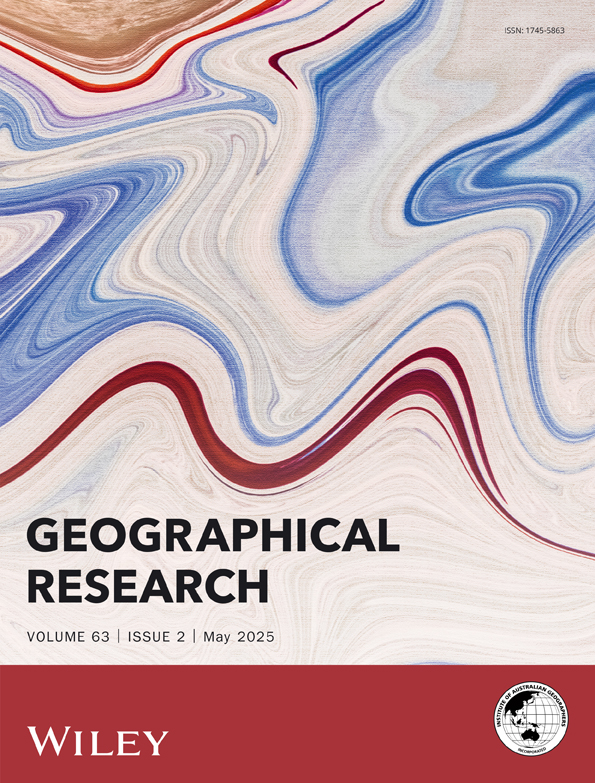The Geography and Politics of Species Endangerment in Australia
Abstract
Australia has the worst rate of recent plant and animal species extinction of any continent or country of its size, and a large number of surviving native species are also threatened with extinction Extinctions and endangerment are concentrated in those parts of the country where the transformation of native ecosystems into cultural ecosystems has been most complete. However, a considerable number of species have become extinct, or are now threatened because of the introduction of two organism. The fox has had a massive impact on the medium-sized mammal fauna and the cinnamon fungus threatens the extinction of many of Australia's most floriferous heathland species Institutional responses to the threat of continued loss of our unusual species have been belated and unco-ordinated, Only Victoria and Western Australia have adequate legislative provision for endangered species, and there has been some dispute on the adequacy of implementation in Victoria. A nationally funded endangered species programme was only initiated in 1988. The two million dollars per annum it distributes does not address the scale of the problem. Most non-government conservation organizations use endangerment as an argument for preserving large natural areas, but have yet to place the prevention of extinction near the top of their agenda Nevertheless, their activity has been, and will be, vital in the maintenance of Australian biotic variety.




